
Please note that this post contains affiliate links, which means authors may earn from qualifying purchases at no extra cost to you if you purchase through a link.
- The decision to focus on 65-inch TVs comes from their popularity as a versatile choice that suits different room sizes and provides an immersive viewing experience.
- Important factors to consider when selecting a TV include screen resolution, panel technology, smart features, and sound quality to ensure great performance and enjoyment.
- Some of the top TV models on the market today are from well-known brands like Samsung, LG, Sony, Roku, and others recognized for their innovative features and high-quality displays.
Choosing a new TV is always exciting but also a complicated process. Often, you pay more attention to this task during the annual sales seasons, which this year kicks off with Prime Big Deal Days on October 8 and 9, continuing intermittently until Black Friday and Cyber Monday.
The modern market has many TV models with different features, making it tough to find the right one for you. In this article, we’ll look at key points to consider when choosing a 65-inch television to help you make the best decision.
Screen Resolution
When you ask someone or search on the web "How to choose a TV," the first and most important factor is screen resolution. Currently, there are three main options available on the market, but I'll outline four for a clearer explanation of screen resolution.
- HD (1280x720p) - this isn't related to our size, but to summarize knowledge about resolution, it's important to mention that HD is still quite common. For example, I often watch clips from the late 90s and early 2000s, and they are often in this format or even lower (SD);
- Full HD (1920x1080p): The minimum standard for large screens, but it's best to avoid this resolution for 65-inch TVs, as the image may not be sharp enough at that size.
- 4K (Ultra HD: 3840x2160p): The most popular choice. 4K offers clear images with a lot of detail. This is the ideal option for most users.
- 8K (7680x4320p): The highest resolution available on the market, but there is still not much content in this quality, so it's important to understand that a seller or marketer is manipulating when they talk about the best quality regarding 8K—on one hand, it's true, but on the other, you won't notice the difference from 4K due to the content yet.
What size TV is best for a room?
When choosing a television, it must fit the room size. So, why 65 inches is the right size for this article? Let’s consider America's average living room size: it ranges from 16.7 to 32.5 square meters (or 179 to 350 square feet). For the smallest room at 180 square feet, a 65-inch TV might be too large (though this depends on how you plan to mount or place the TV). The classic formula for calculating TV screen size based on room size determines the distance from which you should watch the television. According to this formula, the distance from the viewing spot to the screen should be 2.5 to 3 times its diagonal size. Therefore, for a room where the distance from the sofa to the screen is up to 10 feet, an optimal diagonal size would be 40-48 inches. However, this classic formula applies when discussing HD and FHD. For 4K (UHD) TVs, the recommendations are different. Today's UHD TVs provide greater detail, allowing viewers to sit closer without noticing pixels. Samsung offers a simple formula for determining an ideal viewing distance: viewing distance (in inches)/2 = recommended TV size. A 65-inch TV is often the best option for a typical mid-sized living room when the Smart TV is placed 11-14 feet away from where you sit. However, choosing a larger screen can lead to issues with overpricing.

Types of panels
The type of panels plays a crucial role in image quality and viewing angles. Here are the main types:
- VA and IPS are two common types of panels used in LCD TVs, both of which need backlighting. IPS panels provide better viewing angles, while VA panels excel in image contrast.
- QLED technology includes a layer of quantum dots in its panel. Although QLED TVs are still LED TVs with backlighting, this additional layer enhances color saturation.
- OLED uses self-emissive organic diodes, eliminating the need for backlighting. OLED offers excellent contrast and deep blacks, along with wide viewing angles. However, it may experience pixel burn-in with static images, making it less ideal for use as a PC monitor.
- Mini LED is an advanced backlighting technology for LED TVs. It features a large number of small LEDs, increasing local dimming zones from hundreds to thousands.
- QD-OLED combines organic diodes with a quantum dot filter. It maintains all the benefits of OLED and provides increased peak brightness, which is beneficial for HDR content, but it still risks burn-in.
- MicroLED is a newcomer in panel technology. Like OLED, it does not require backlighting and uses self-emissive elements, but these elements are inorganic, potentially offering better durability. However, current manufacturing for microLED is costly and not yet widely accessible.
Refresh Rate
The refresh rate, measured in hertz (Hz), indicates how smoothly motion appears on the screen. The standard refresh rate is 60 Hz, but for gaming or watching sports, it's best to opt for a 65-inch TV with a refresh rate of 120 Hz or higher.
HDR
HDR, or High Dynamic Range, is a technology used in displays and imaging to enhance the contrast and color range of the content being viewed. It allows for a greater difference between the darkest and brightest parts of an image, resulting in more realistic and vibrant visuals. HDR can display a wider range of colors and more detail in both shadows and highlights, making images appear more lifelike. The main HDR formats include:
- HDR10: The basic standard supported by most TVs.
- Dolby Vision: A more advanced format that provides better image quality but is not available on all TVs.
- HDR10+: An alternative to Dolby Vision, supported by Samsung TVs and some other brands.

Operating Systems and Smart Features
How do modern televisions work without the smart apps and operating systems that define their smart features? These features make today's TVs more interactive and user-friendly, enabling viewers to enjoy a variety of content and seamlessly integrate the TV into their smart home setup.
- Android TV: Traditional, with a focus on apps. Users can download applications from the Google Play Store, allowing them to customize the TV to their needs.
- Google TV: Updated, with an emphasis on content recommendations. It integrates various streaming services to make searching and viewing easier.
- Tizen: Quick access to popular apps and services. Noted for its ease of use. Supports voice control and integrates with other Samsung devices, such as smartphones and tablets.
- webOS: Intuitive, with a unique design that makes it easy to switch between apps. Supports voice control through LG ThinQ, integrates with smart home devices, and allows content casting.
- Roku TV: Simple and clear, with a wide selection of channels and apps. Supports voice search, allows content casting, and provides access to the Roku Channel for free movie and TV show viewing.
- Fire TV: Developed by Amazon, it offers access to a wide range of apps, including integration with Amazon Prime Video and other Amazon services. Voice control via Alexa is available, along with the ability to connect to other Amazon devices like the Echo.
Sound System
The sound system of the television is also very important. Most modern models support various audio formats, such as Dolby Atmos, which creates a surround sound effect. But honestly, if you want a true cinema-like sound experience, it might be worth considering an additional purchase of a soundbar or home theater system.
Connectivity and Ports
Make sure the TV has enough HDMI ports (ideally HDMI 2.1 for the latest tech) and USB ports. Also, check for Wi-Fi and Bluetooth options for easy connection with other devices, especially if you plan to use your TV for gaming.
Other Important Points & Top Pick
When picking a TV, don’t forget about the brand and warranty. Trusted names like Samsung, LG, Sony, TCL, Vizio, Hisense, Insignia, and Fire TV have reliable models with good reputations. Each brand offers unique features, like free streaming service promotions or special imaging and sound tech. Warranty is important too, as it protects you if any issues come up.
Be sure to check our list of the best 65-inch TVs worth considering.
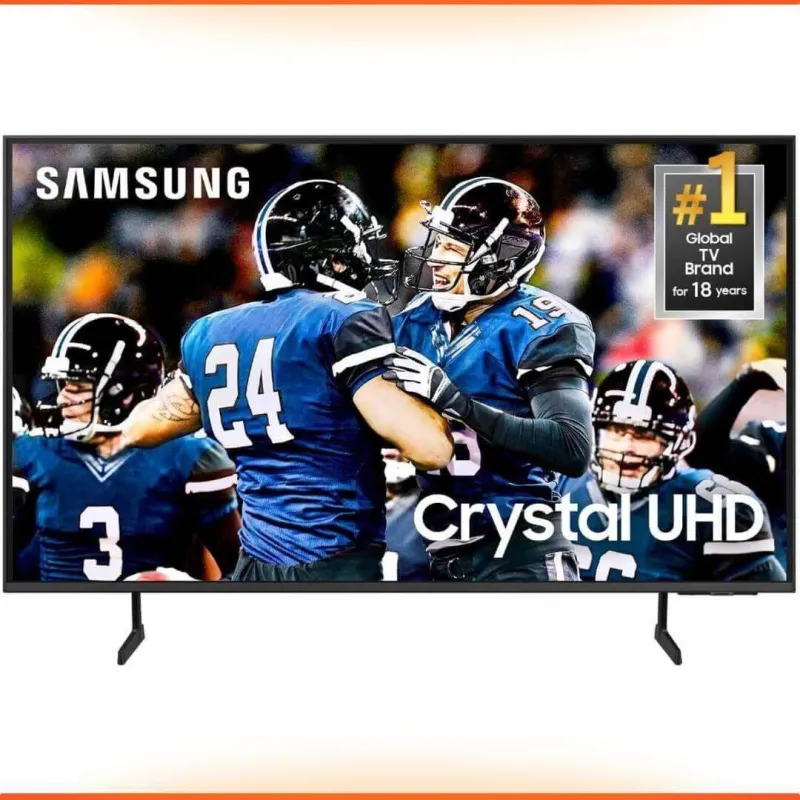
SAMSUNG UHD DU7200 Series 4K TV
SAMSUNG 65-Inch Crystal UHD DU7200 Series LED 4K TV, HDR, PurColor, Motion Xcelerator, 60 Hz, Mega Contrast, Object Tracking Sound Lite, Q-Symphony (UN65DU7200FXZA, 2024 model)
Price
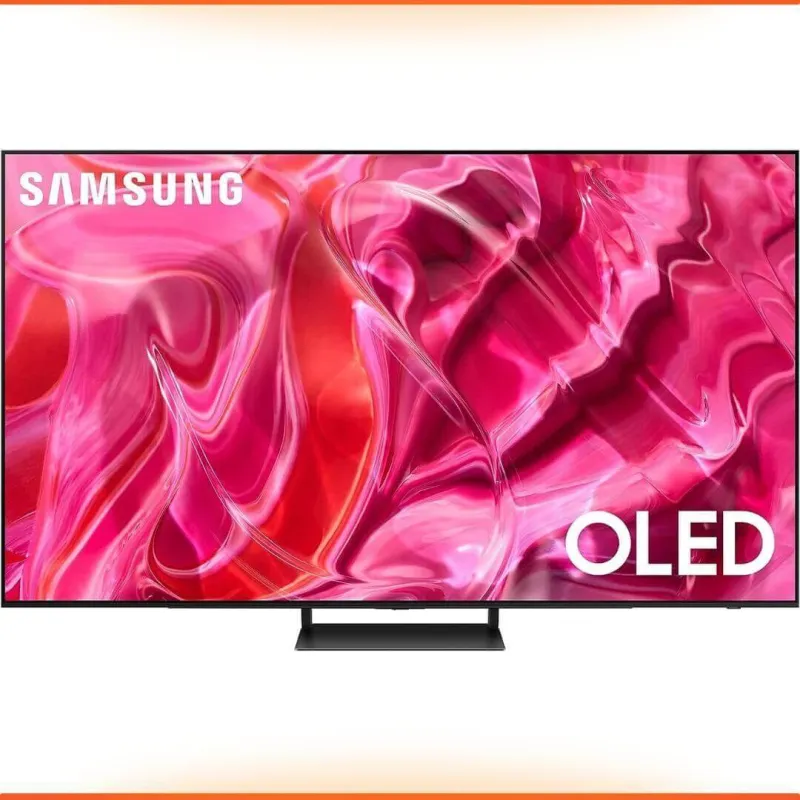
SAMSUNG S90C OLED 4K Series 4K TV
SAMSUNG 65-Inch Class OLED 4K S90C Series Quantum HDR, Dolby Atmos Object Tracking Sound Lite, Ultra Thin, Q-Symphony 3.0, 120 Hz, Gaming Hub, Smart TV with Alexa Built-in (QN65S90C, 2023 model)
Price
35% off
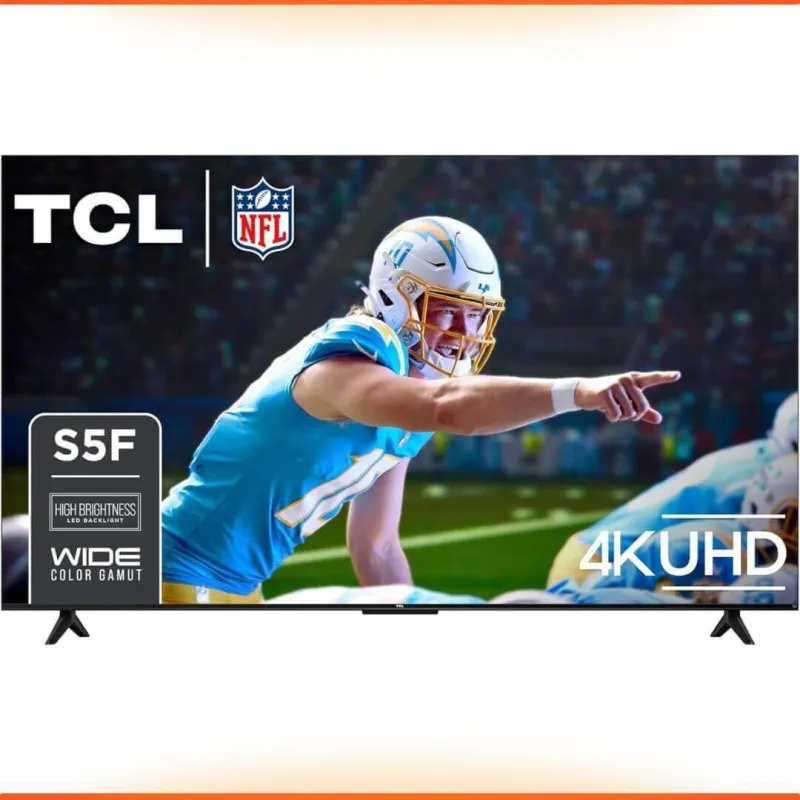
TCL Class S5 UHD 4K LED Smart TV
TCL 65-Inch Class S5 UHD 4K LED Smart TV with Fire TV (65S551F, 2024 Model), 60 Hz, Dolby Vision, HDR PRO+, Dolby Atmos, Alexa Built-in with Voice Remote, Apple AirPlay 2 Compatibility, Streaming Television
Price
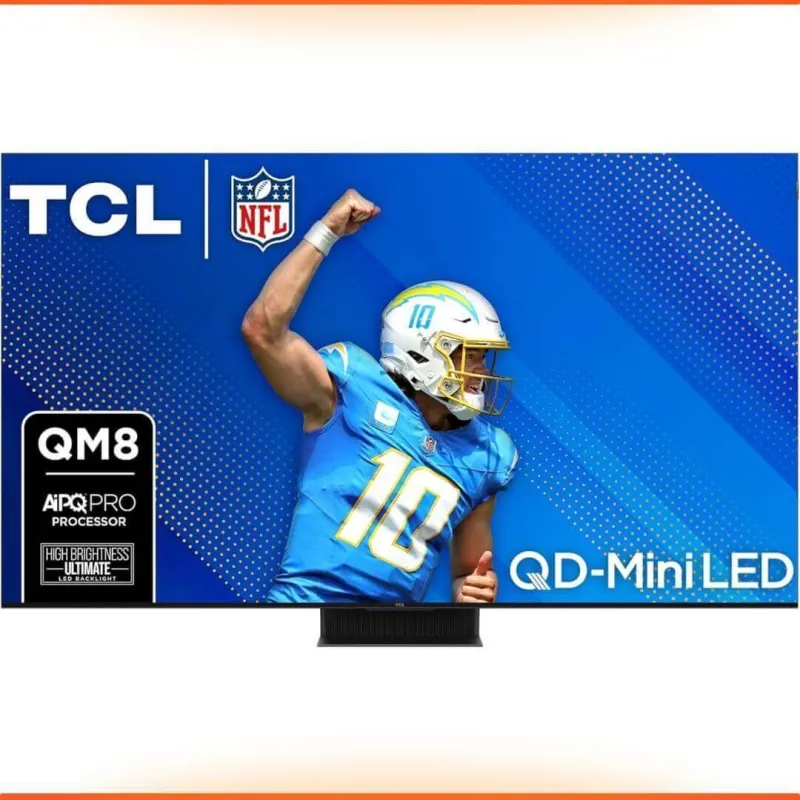
TCL QM85 QLED 4K TV
TCL QM85 QLED 4K TV - 65QM851G 65 Inches QLED 4K TV, QD-Mini LED, Google TV, Dolby Vision IQ HDR, Dolby Atmos, Game Accelerator up to 240Hz
Price
33% off
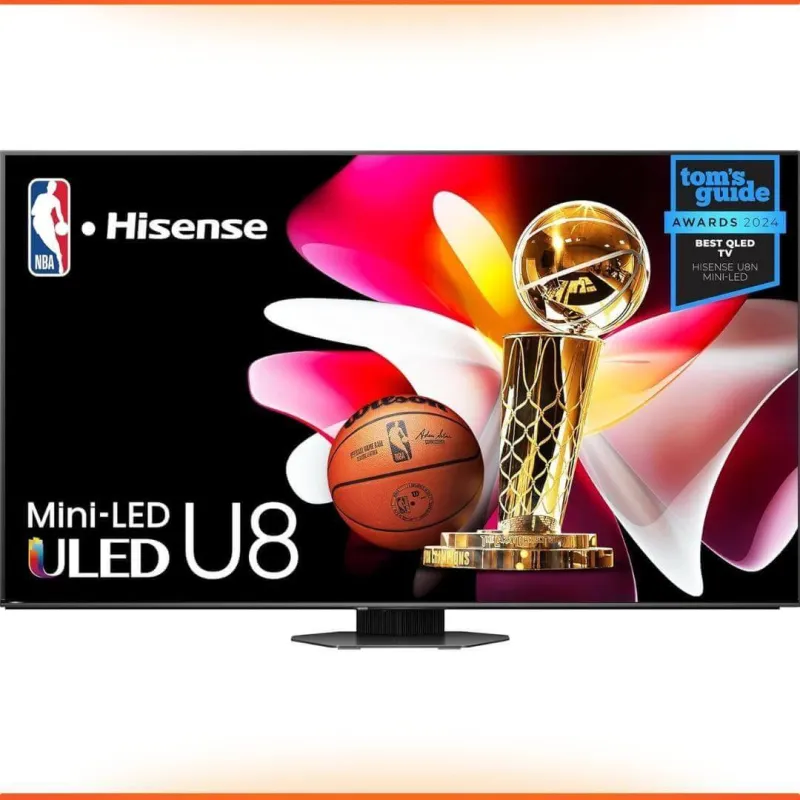
Hisense U8 Series Mini-LED ULED 4K UHD Smart TV
Hisense 65-Inch Class U8 Series Mini-LED ULED 4K UHD Google Smart TV (65U8N, 2024 Model) - QLED, Native 144Hz, Full Array Local Dimming, Game Mode Pro, Alexa Compatibility
Price
33% off
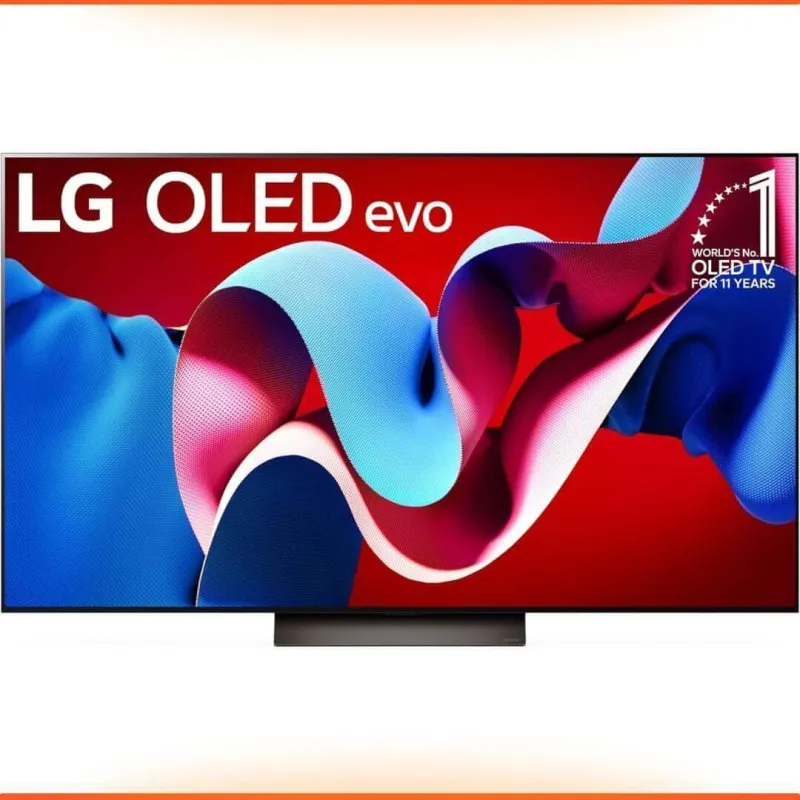
LG OLED evo C4 Series 4K Smart TV
LG OLED evo C4 Series 65-Inch 4K Smart OLED TV, 144 Hz, Flat Screen, Magic Remote, AI-Powered with Alexa Built-in, DOLBY VISION, FILMMAKER, DOLBY ATMOS (E1LGOLED65C4PUARB, model 2024)
Price
45% off

Roku QLED 4K Pro Series TV
Roku QLED 4K 65-Inch Pro Series TV, 120Hz, Dolby Vision IQ, Voice Remote Pro, Backlit (65R8B5, model 2024)
Price
10% off
Conclusion
Choosing a 65-inch TV is a big decision that needs careful thought. By considering key factors like resolution, panel type, refresh rate, HDR, smart features, sound quality, ports, and brand, you can find the right model for your needs. Take your time to explore different options, compare prices, and look out for upcoming sales. The good news is that there are often great deals on 65-inch TVs during Black Friday and Cyber Monday. You'll be sure to find a TV that makes a superb addition to your home.
Detail-oriented editor aiming for excellence. I keep up with web dev, gaming, and tech trends in my free time and write about

